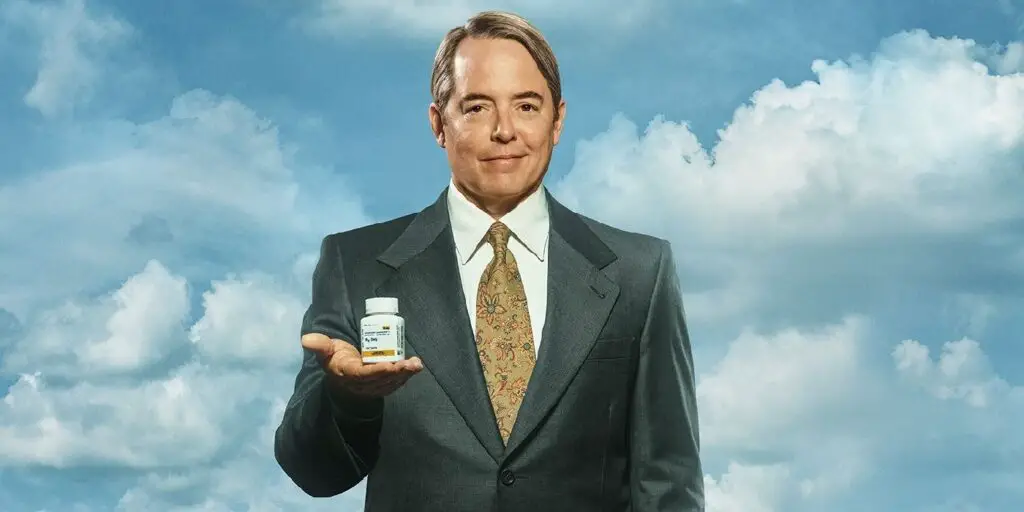The opioid epidemic has ravaged the United States for decades, with countless victims left in its wake. Multiple projects have delved into this crisis, bringing it to the forefront of popular media. Netflix’s recent offering, Painkiller, is a unique fusion of reality and fiction, blending historical figures with imagined characters to depict the devastating effects of opioids. This is particularly significant when considering that this issue continues to make headlines even today.
The Blurred Lines in “Painkiller”
In an attempt to shed light on the very real human consequences of opioid addiction, filmmakers, including Peter Berg and showrunners Micah Fitzerman-Blue and Noah Harpster, incorporated characters that embodied the experiences of numerous real individuals. For instance, Edie Flowers (Uzo Aduba), Glen Kryger (Taylor Kitsch), and Shannon Shaeffer (West Duchovny) aren’t factual figures. Yet, they symbolize different facets of the opioid epidemic. Glen’s life spirals downward after an OxyContin prescription, Shannon portrays the aggressive marketing and over-prescription of the drug, and Edie represents the law enforcement officers who pursued legal action against Purdue Pharma, once owned by the infamous Sackler family.
Drawing inspiration from Patrick Radden Keefe’s writings in The New Yorker and his novel Empire of Pain, Painkiller illustrates the addictive nature of OxyContin. As a prescribed pain medication, its potential for misuse is high. The show exemplifies this through Glen’s journey, which mirrors the experiences of countless others.
The Opioid Domino Effect: Glen’s Tragedy

Glen’s narrative is emblematic of the dangers surrounding OxyContin. Operating a construction shop, a work-related accident introduces him to the drug. Initially, it seems to rejuvenate his life, fostering connections with his family. However, a dark turn emerges as Glen’s dependency intensifies. An eviction from home, a desperate search for more OxyContin, and a tragic end paint a stark image of the destruction wrought by the drug.
From Sales Rep to Whistleblower: Shannon’s Redemption
On the flip side, Shannon’s character offers a glimpse into the pharmaceutical industry’s machinations. Representing many OxyContin sales representatives, her initial ignorance about the drug’s impacts evolves into a realization of its devastating effects. Her eventual collaboration with Edie hints at the whistleblowers who provided evidence against Purdue Pharma.
Richard Sackler: The Face Behind Purdue Pharma

The series also delves into the life of Richard Sackler (Matthew Broderick), the controversial former chairman of Purdue Pharma. Driven by ambition and a desire to immortalize the Sackler name, Richard played a pivotal role in the promotion of OxyContin. The series not only delves into his personal motivations and interactions with family members, but also depicts his eventual downfall, intertwined with the haunting visions of his uncle, Arthur.
The Verdict on Purdue Pharma and the Sackler Legacy
As Painkiller approaches its conclusion, Edie’s frustration with the judicial system’s response to Purdue Pharma resonates with real events. Despite numerous lawsuits and growing awareness of OxyContin’s harmful nature, the Sackler family seemingly evaded accountability. Their eventual agreement to a $6 billion payment for protection, however, is indicative of the significant blow to their legacy.
In Conclusion
Netflix’s Painkiller masterfully weaves together fact and fiction to illustrate the multi-faceted dimensions of the opioid crisis. It’s a raw, poignant, and sometimes jarring exploration of a disaster that has plagued the United States for years. As viewers binge-watch this series, the hope is that it educates and raises awareness about an issue that remains all too relevant today.


